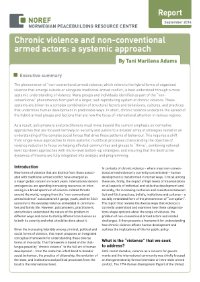By Harold Winter
Since Gary Becker’s seminal article in the late sixties, the economic analysis of crime has blossomed, from an interesting side field within law and economics, into a mature stand-alone sub-discipline that has been embraced by many well-respected academic economists. Wide ranging and accessible, this is the most up-to-date textbook in this area, taking current economic research and making it accessible to undergraduates and other interested readers. Without use of graphs or mathematical equations, Winter combines theory and empirical evidence with controversial examples from the news media.
London; Routledge, 2008. 146p.





















